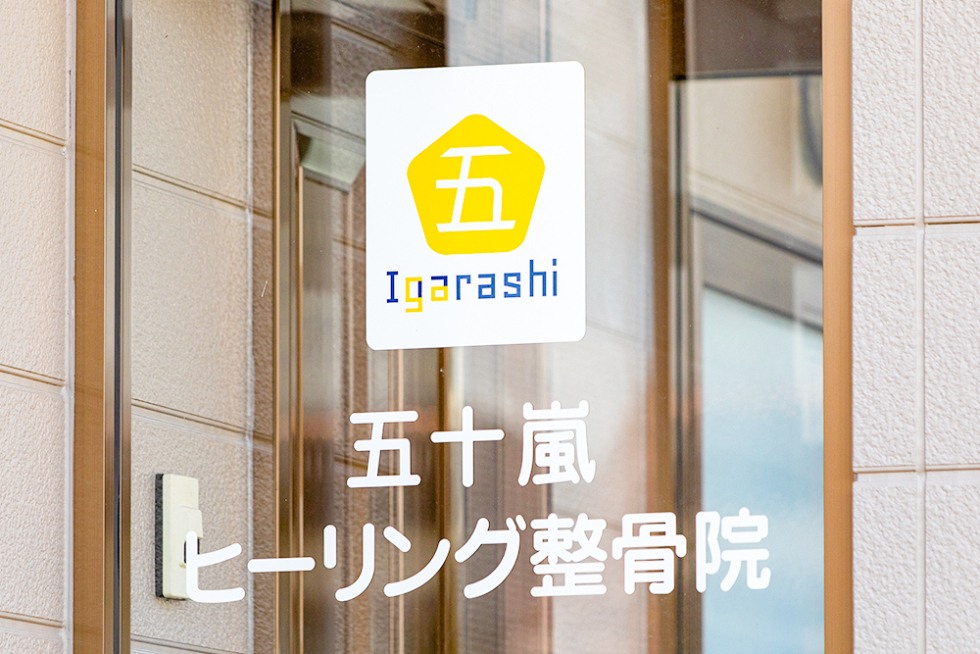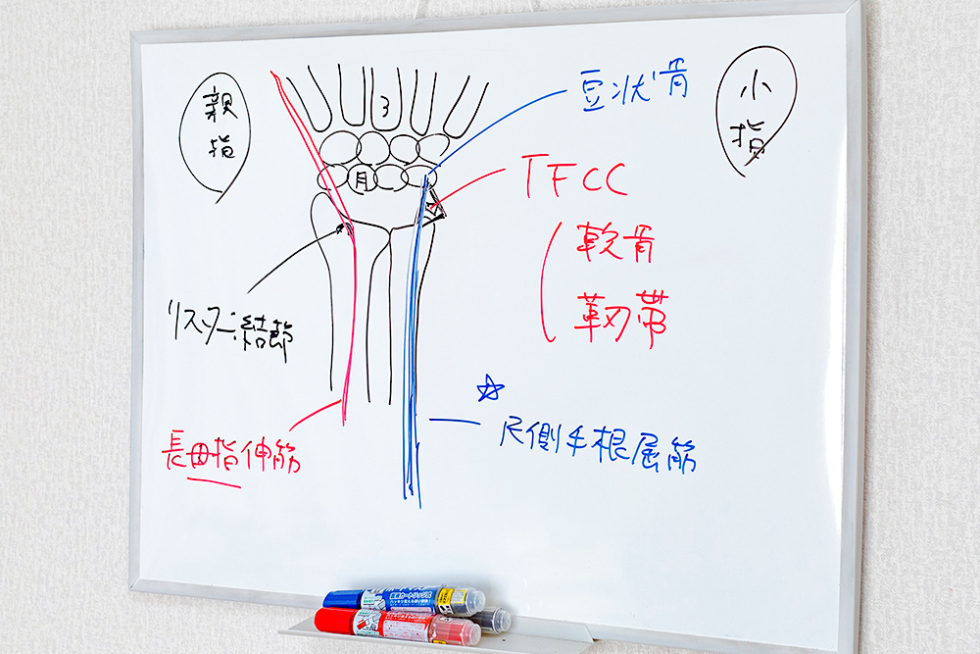腰椎分離すべり症からの椎間板症 Intervertebral disc disease from lumbar spondylolisthesis
腰椎椎間板ヘルニア腰痛・坐骨神経痛
2019年10月9日
先日来院された方の症例です。
元々腰椎分離すべり症があり治療していましたが症状が緩和し、先日久しぶりに来院されました。
関節可動域や神経学的検査などの結果、分離すべり症から来る椎間板症の可能性がありました。
分離すべり症が起こると脊椎を上下に挟む椎間板に斜め方向の力が加わり、これが長期に渡って起こると、椎間板に亀裂入る事があります。
ちなみに分離体のすぐ上の椎間板に起こりやすくなります。(例えば第5腰椎で分離が起こると第4-5の椎間板に亀裂が入りやすくなります。)
※すべり症はその重症度をマイヤーディング法というもので評価し、保存療法ではⅠ度までが限界とされています。Ⅰ度とは対象となる椎骨が一つ下の椎骨に対して4分の1程すべっているものです。
It is a case of the person who visited the other day.
He had been treated with isthmic spondylolisthesis, but my symptoms were relieved and he visited the hospital for the first time in a while.
As a result of range of motion and neurological examination, there was a possibility of intervertebral disc disease due to spondylolisthesis.
When spondylolisthesis occurs, an oblique force is applied to the intervertebral disc that sandwiches the spine up and down, and if this occurs for a long time, the intervertebral disc may crack.
By the way, it tends to occur in the intervertebral disc just above the separated body. (For example, if separation occurs at the 5th lumbar spine, the 4-5 intervertebral disc is more likely to crack.)
* Degenerative spondylolisthesis is evaluated with the Myerding method for its severity, and conservative therapy is limited to 1 degree. I degree means that the target vertebra slips about a quarter of the vertebra below it.




